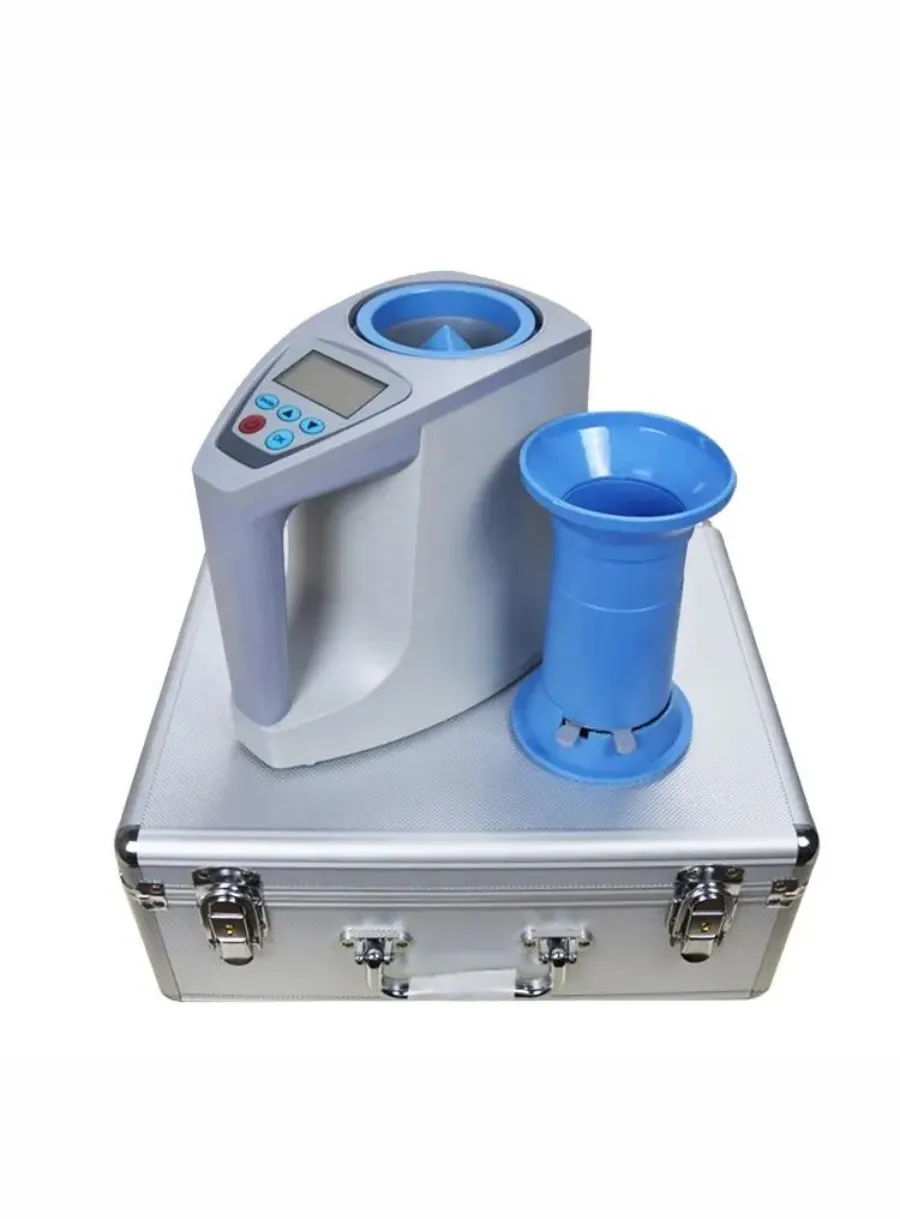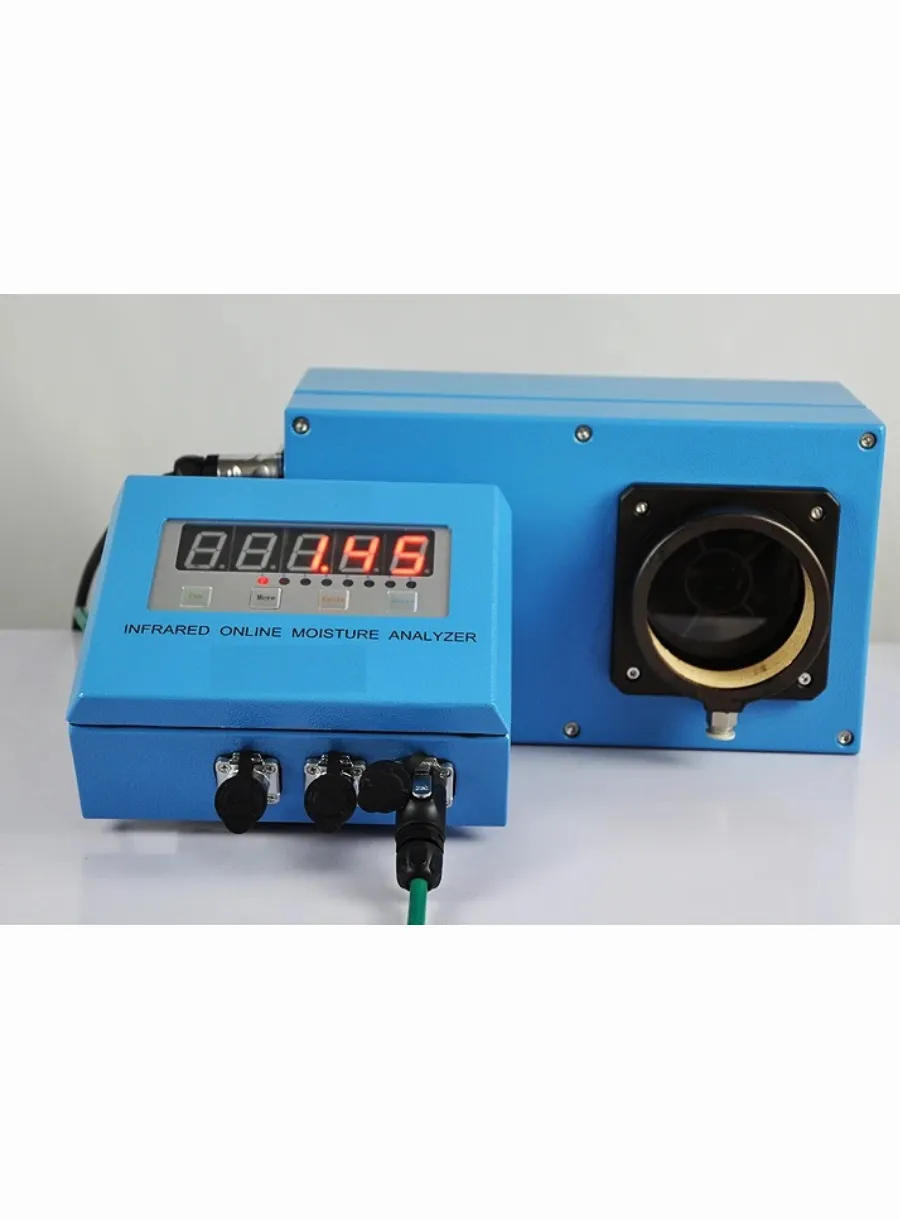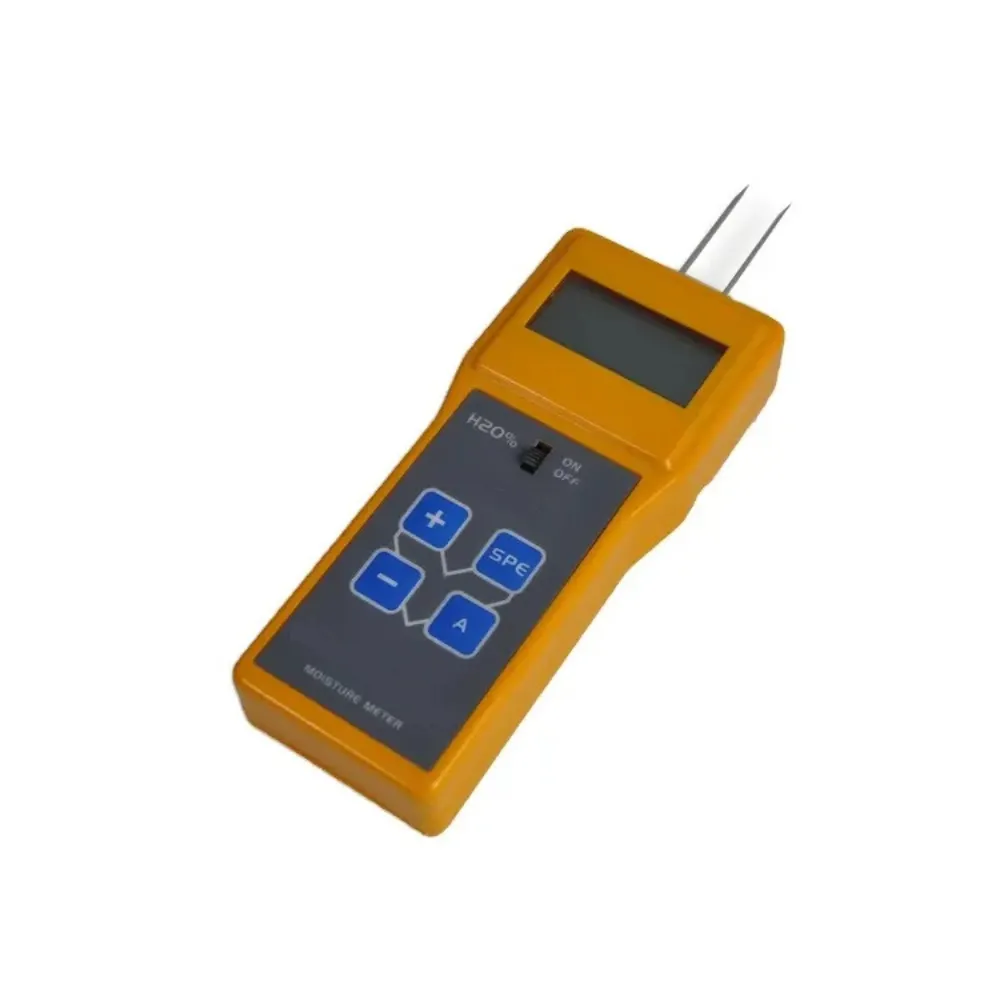
The Evolution of Tobacco Moisture Meters
Table of Contents
The tobacco industry has come a long way since the days of hand-rolling cigars and drying tobacco leaves in the sun. With advancements in technology, the process of producing tobacco products has become more efficient and precise. One such innovation is the tobacco moisture meter, a device that measures the moisture content in tobacco leaves, which is crucial for ensuring the quality and consistency of tobacco products. In this article, we will explore the evolution of tobacco moisture meters and their significance in the industry.
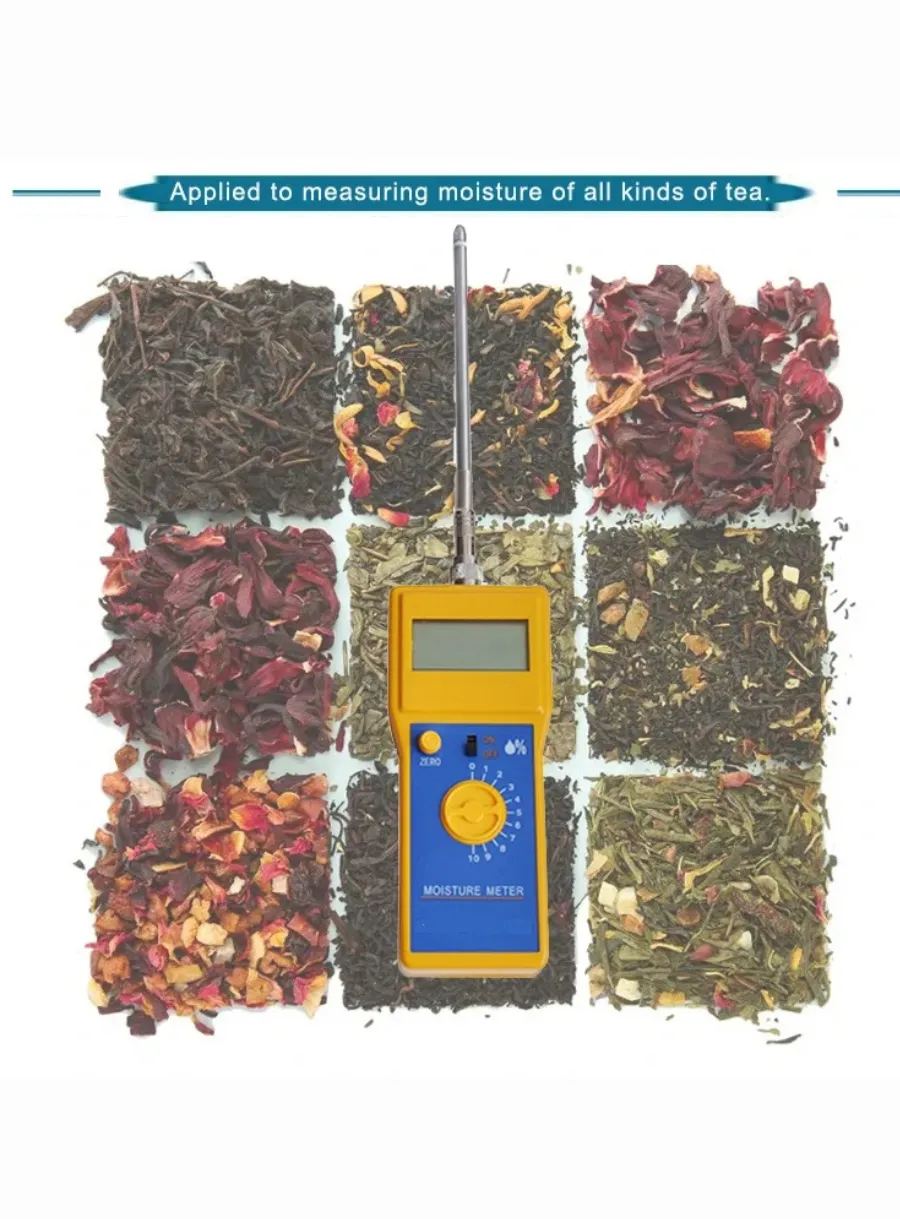
Early Capacitance-Based Moisture Meters
The first tobacco moisture meters were simple devices that relied on the principle of capacitance. Capacitance is the ability of a device to store an electric charge, and it is affected by the dielectric constant of the material it is measuring. In the case of tobacco moisture meters, the dielectric constant of the leaf is influenced by its moisture content. By measuring the capacitance of the leaf, the device can determine its moisture content.
Limitations of Early Moisture Meters
Early capacitance-based moisture meters were bulky and required the user to manually insert the leaf into the device. This process was time-consuming and prone to errors, as the user had to ensure that the leaf was inserted correctly and that the meter was calibrated accurately. Despite these limitations, these early meters were a significant improvement over the previous methods of determining tobacco moisture content, which involved cutting the leaf open and examining its color and texture.
Advancements in Digital Technology
As technology advanced, tobacco moisture meters became more sophisticated. They incorporated microprocessors and digital displays, which allowed for more accurate and reliable measurements. These new meters also featured automatic sampling mechanisms, which eliminated the need for manual insertion of the leaf. This not only sped up the process but also reduced the chances of errors.
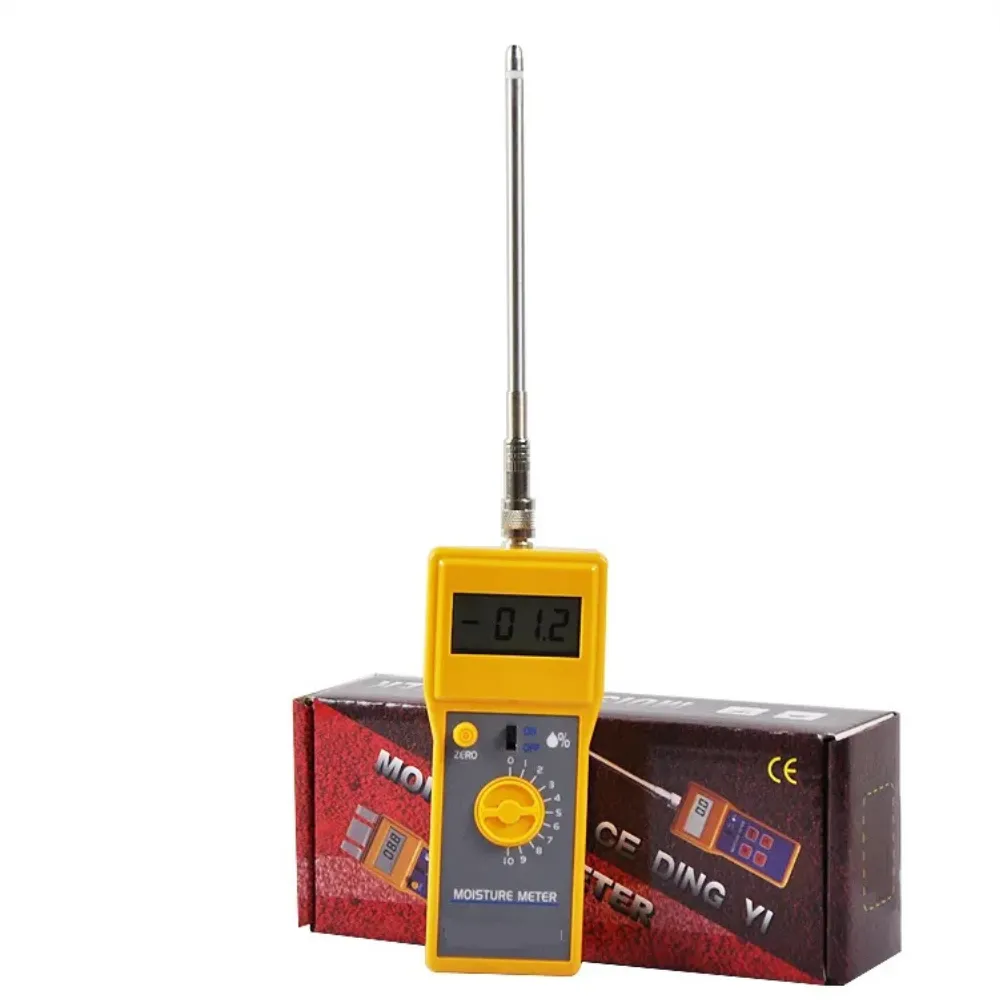
The Emergence of Wireless Moisture Meters
In recent years, the development of wireless technology has led to the creation of wireless tobacco moisture meters. These devices use radio frequency (RF) signals to transmit the moisture content data to a remote receiver, eliminating the need for physical contact between the meter and the leaf. This not only improves the accuracy of the measurements but also makes it easier to monitor the moisture content of tobacco leaves in large warehouses or processing facilities.
Integration of AI and Machine Learning
Another significant development in tobacco moisture meters is the integration of artificial intelligence (AI) and machine learning algorithms. These advanced technologies enable the devices to learn from past measurements and adjust their calibration accordingly. This results in more accurate and consistent measurements, which is crucial for maintaining the quality of tobacco products.
Impact on the Tobacco Industry
The evolution of tobacco moisture meters has had a significant impact on the tobacco industry. By providing accurate and reliable measurements of tobacco moisture content, these devices have helped manufacturers to produce high-quality tobacco products consistently. Furthermore, the advancements in wireless technology and AI integration have made it easier for manufacturers to monitor and control the moisture content of their tobacco leaves, leading to increased efficiency and productivity.
A Continuing Evolution
In conclusion, the evolution of tobacco moisture meters has been a fascinating journey, from the early capacitance-based devices to the sophisticated wireless meters with AI integration. These devices have played a crucial role in the tobacco industry by ensuring the quality and consistency of tobacco products. As technology continues to advance, it is likely that we will see even more innovations in tobacco moisture meters, further improving their accuracy and efficiency.
Comments
Tags
Frequently Asked Question
Modern tobacco moisture meters can achieve accuracy levels of ±0.1% to ±0.5%, depending on the specific model and technology used.
While designed specifically for tobacco, similar moisture meter technologies are used for various agricultural products, including grains, seeds, and other crops.
The calibration frequency depends on usage and manufacturer recommendations, but generally, they should be calibrated at least annually or when measurements seem inconsistent.
While wireless meters offer many advantages, they may be affected by interference from other electronic devices and may have limited range in large facilities.

